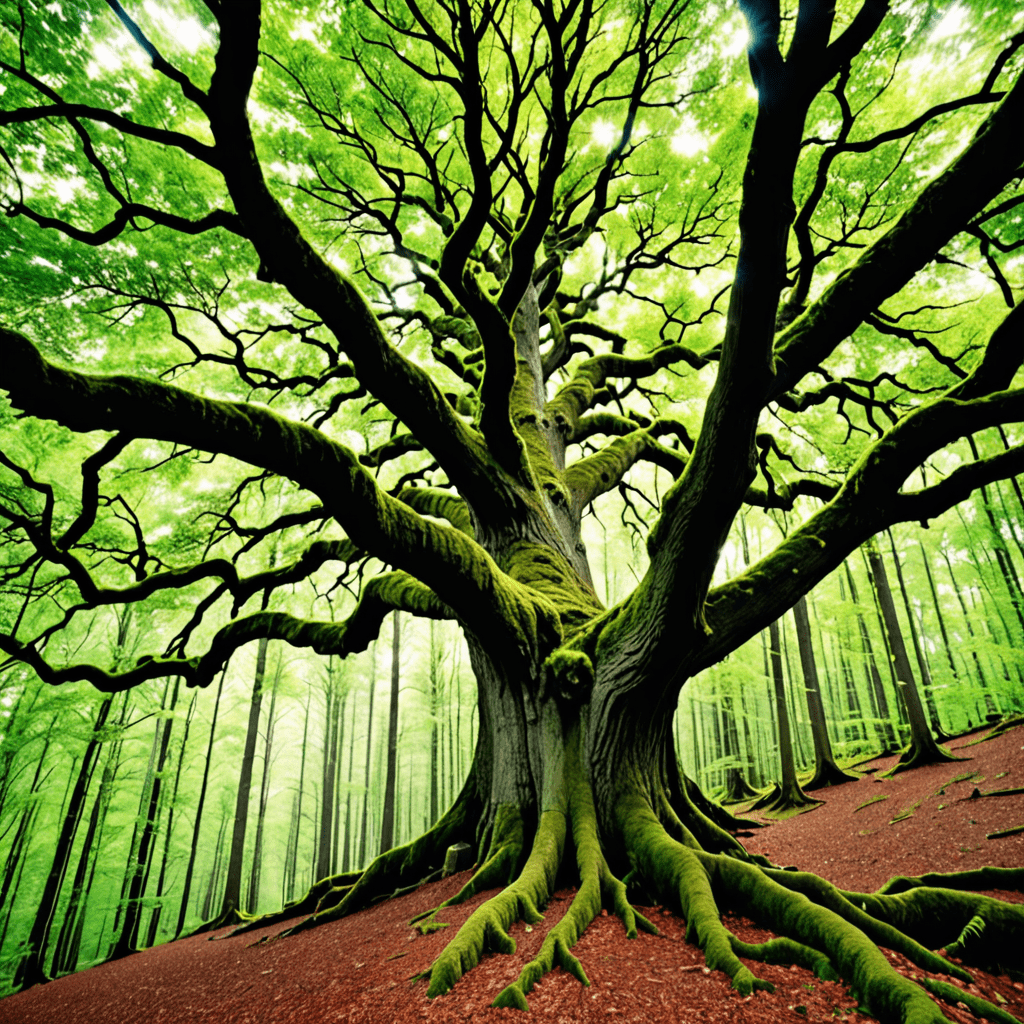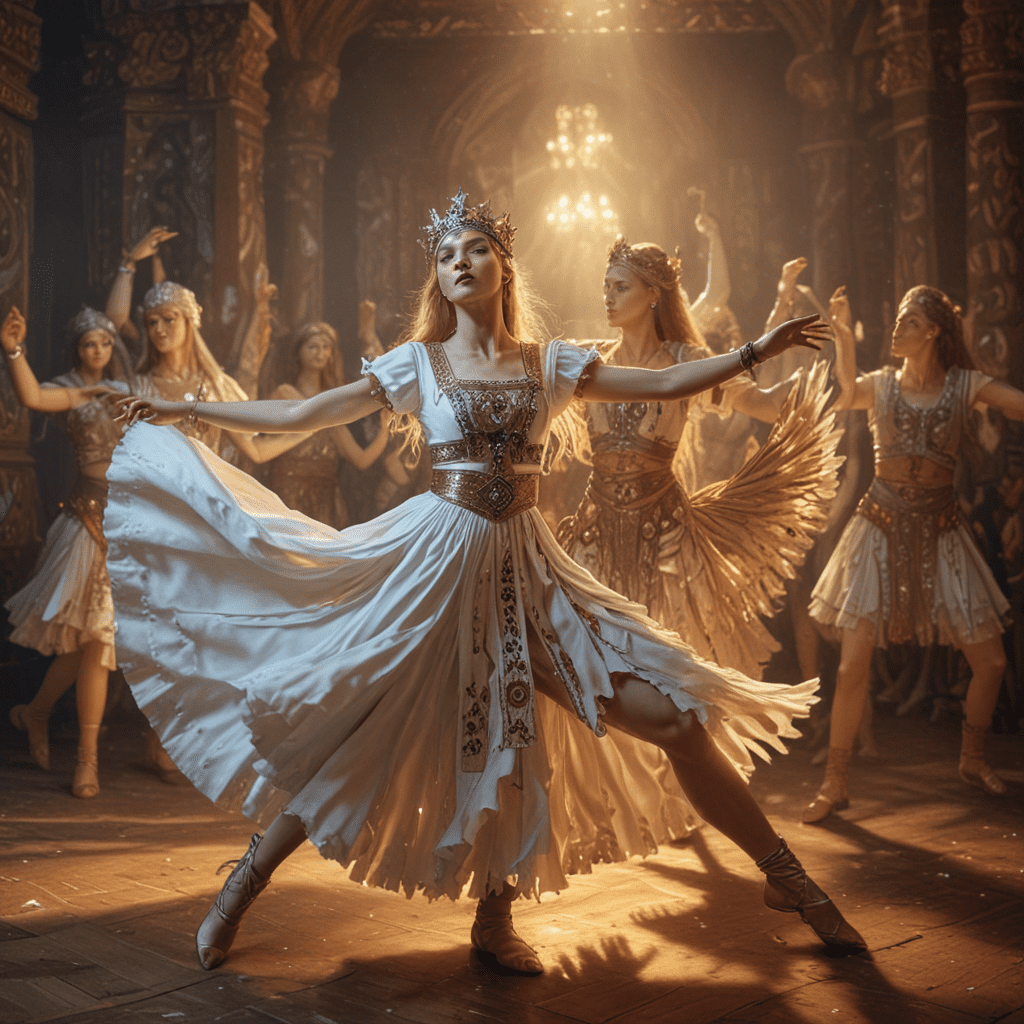The Intersection of Myth and Reality in Cultural Heroes
I. Introduction
Cultural heroes represent the pinnacle of human aspiration, embodying ideals that societies hold dear. They are figures whose narratives transcend time, often rooted deeply in the myths and legends that shape cultural identity. As embodiments of virtue, bravery, and sacrifice, these heroes inspire individuals and communities alike. Understanding the intersection of myth and reality in the portrayal of cultural heroes is crucial, as it reveals how societies construct their narratives, values, and collective identities.
II. Historical Context of Cultural Heroes
Throughout history, cultural hero archetypes have emerged in various civilizations, each reflecting the unique values and challenges of their time. From ancient Greek heroes like Hercules to the noble samurai of Japan, these figures serve as touchstones for cultural identity.
- Overview of cultural hero archetypes: Heroes often represent the struggle against tyranny, the quest for knowledge, or the fight for justice.
- The role of oral traditions: Many myths were passed down orally, evolving over generations to reflect contemporary societal values.
- Evolution of cultural heroes: In ancient times, heroes were often deified; in modern society, they are more frequently portrayed as flawed individuals.
III. The Mythical Elements of Cultural Heroes
Mythical heroes share common traits that resonate across cultures. These traits often include:
- Exceptional abilities or skills
- A journey or quest that involves significant trials
- A moral code or set of values that guides their actions
Symbolism and allegory are prevalent in hero narratives. For instance, the hero’s journey often reflects the internal struggles of individuals, making them relatable and inspiring. The impact of these mythological frameworks shapes collective identity and societal values, promoting ideals such as courage, sacrifice, and resilience.
IV. Case Study: Myth vs. Reality in Historical Figures
One of the most enduring cultural heroes is Robin Hood, a figure who symbolizes the fight against injustice. While the tales of Robin Hood are steeped in myth, they also contain elements of historical fact.
- Examination of Robin Hood: The stories of Robin Hood may be based on real individuals or events from the medieval period, yet they have transformed into a rich tapestry of folklore.
- Historical accuracy: While records of his existence are scant, the themes of resistance against oppression resonate through the ages.
- Role of literature and art: Adaptations in literature and film have further entrenched Robin Hood in popular culture, shaping his legacy as a hero of the people.
V. The Role of Media in Hero Narratives
In modern society, media plays a pivotal role in constructing and disseminating narratives about cultural heroes. The influence of various media forms includes:
- Film and literature: These mediums often reinterpret traditional hero narratives, creating contemporary versions that resonate with current audiences.
- Social media: Platforms like Twitter and Instagram allow for the rapid spread of hero narratives, often elevating individuals to hero status based on their actions or influence.
- Transformation in popular culture: The portrayal of heroes has evolved, reflecting societal changes and the complexities of modern life.
VI. Psychological Perspectives on Hero Worship
The psychological need for heroes is a fundamental aspect of human society. Heroes fulfill archetypal roles that resonate with individuals on a deep emotional level.
- Archetypal roles: Heroes often symbolize the struggle against chaos, guiding individuals toward moral clarity and purpose.
- Impact of hero worship: The admiration for heroes can inspire individuals to emulate their qualities, fostering a sense of community and shared values.
However, hero worship can also lead to unrealistic expectations and disillusionment when heroes fail to meet these ideals.
VII. The Duality of Heroism: Flaws and Redemption
The humanization of cultural heroes is essential in understanding their narratives. Flaws and failures make heroes relatable, emphasizing the struggle inherent in the human experience.
- Redemption arcs: Many hero narratives include arcs of redemption, where heroes confront their past mistakes and grow into more complete individuals.
- Balance between mythic ideals and human reality: Acknowledging the imperfections of heroes fosters a more nuanced understanding of heroism, allowing for the celebration of both their achievements and their humanity.
VIII. The Impact of Cultural Heroes on Social Movements
Cultural heroes often serve as catalysts for social change and activism. They inspire individuals to challenge the status quo and fight for justice.
- Inspiration for change: Figures like Martin Luther King Jr. and Malala Yousafzai exemplify how cultural heroes can galvanize movements.
- Case studies in activism: Analyzing the lives and stories of modern heroes reveals the interplay between myth and reality in driving social progress.
IX. Global Perspectives: Mythical Heroes Across Cultures
Cultural heroes are not confined to a single narrative but span across global cultures. Comparing heroes from different backgrounds reveals universal themes:
- Indigenous heroes: Many indigenous cultures have their own heroes who embody their values and traditions.
- Modern figures: Contemporary heroes often address global issues, reflecting the interconnectedness of today’s world.
- Cultural exchange: The globalization of hero narratives has created a rich tapestry where stories from various cultures influence one another.
X. Conclusion
The intersection of myth and reality in cultural heroes reflects the complexities of human experience. By examining the historical context, mythical elements, and psychological implications of hero narratives, we gain insights into how heroes shape our identities and values. Ultimately, cultural heroes continue to inspire and challenge us, reminding us of the potential for greatness within each individual.



